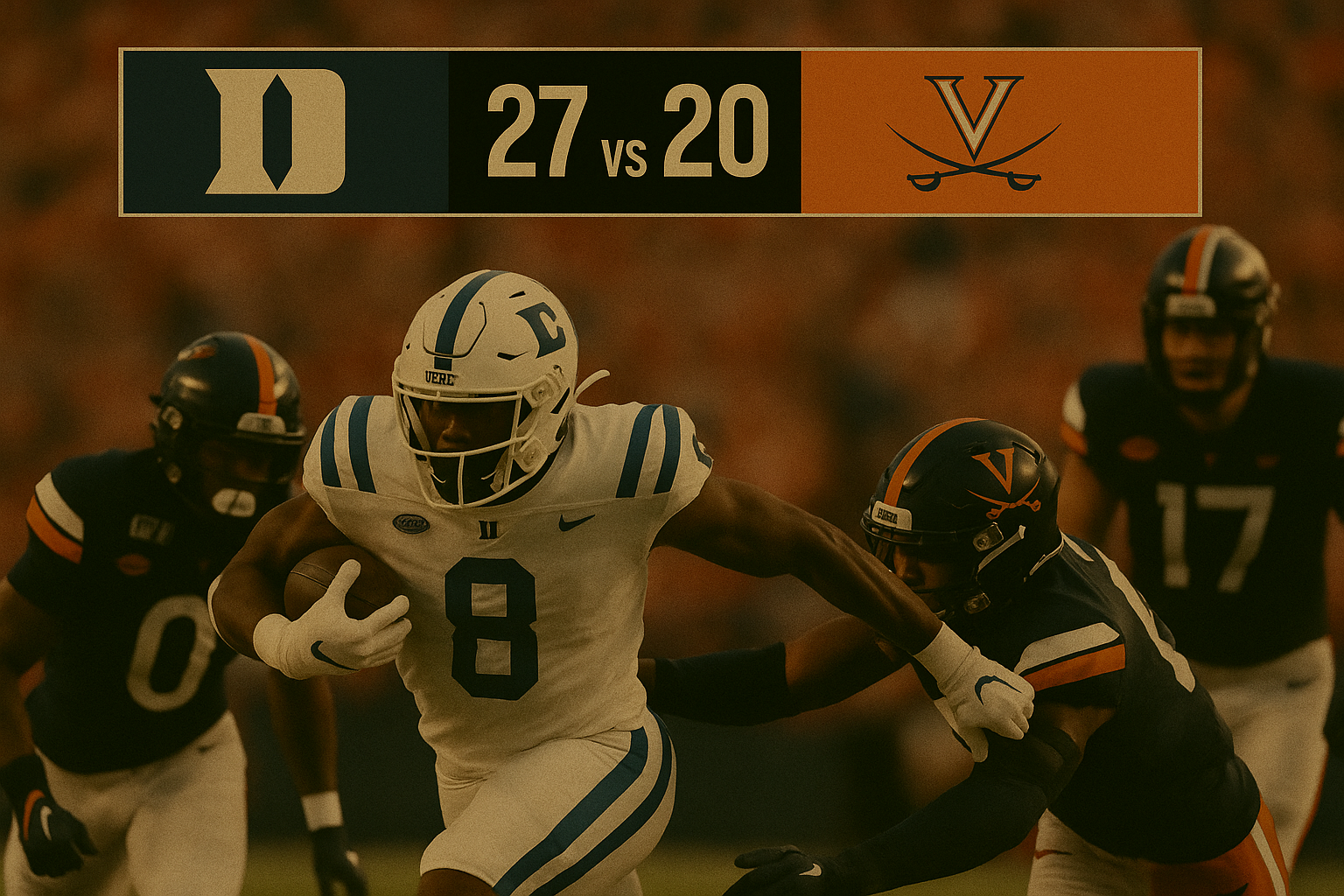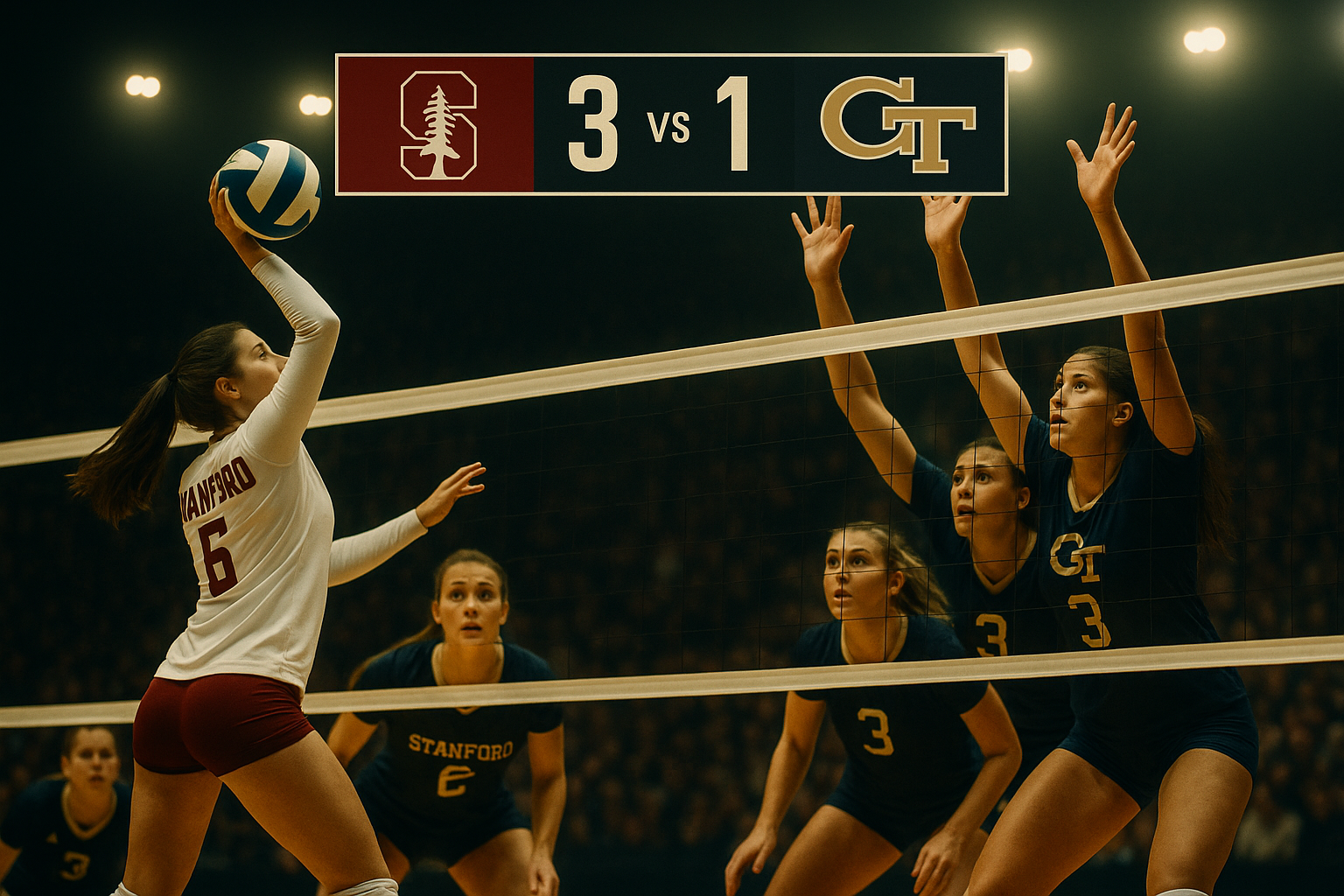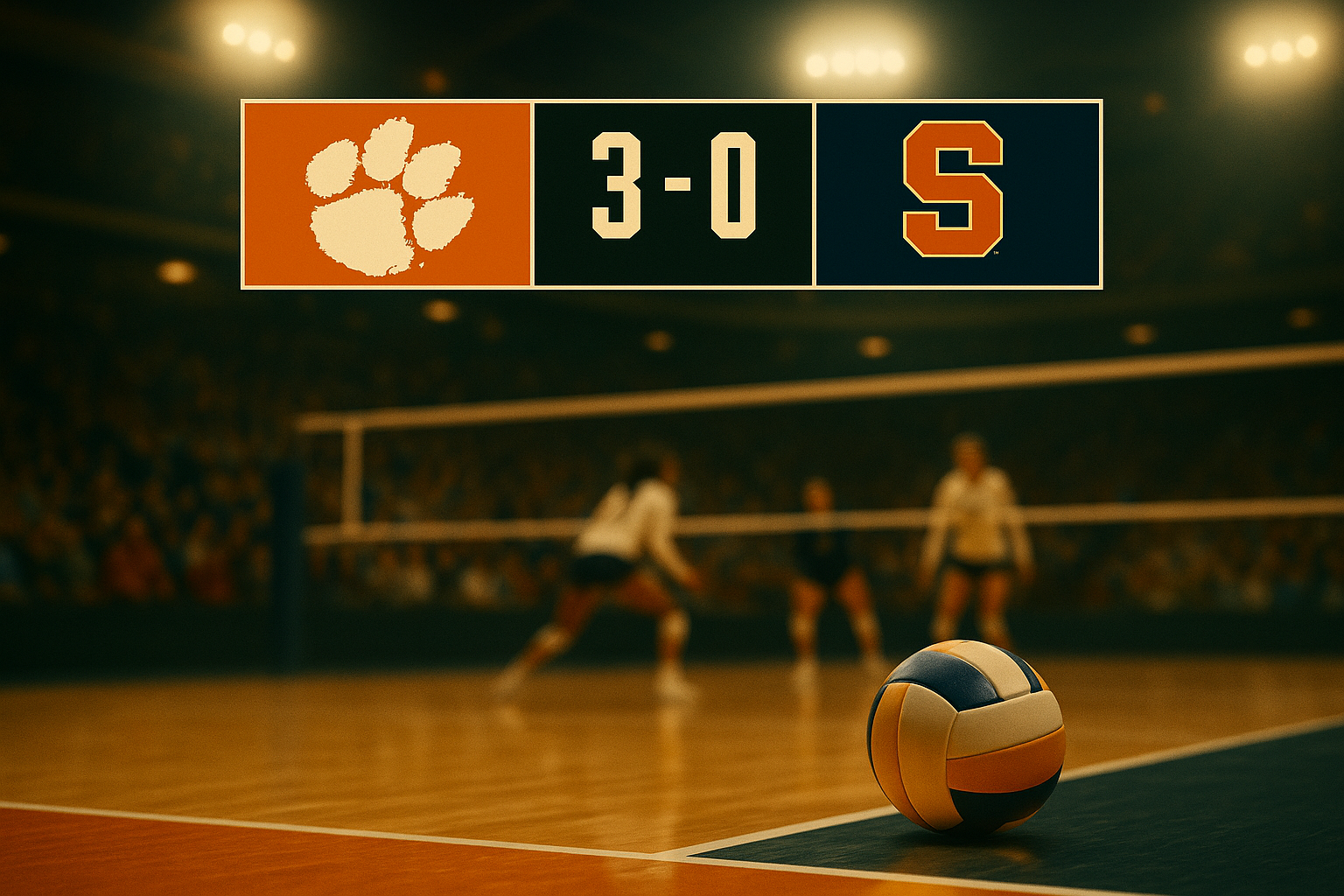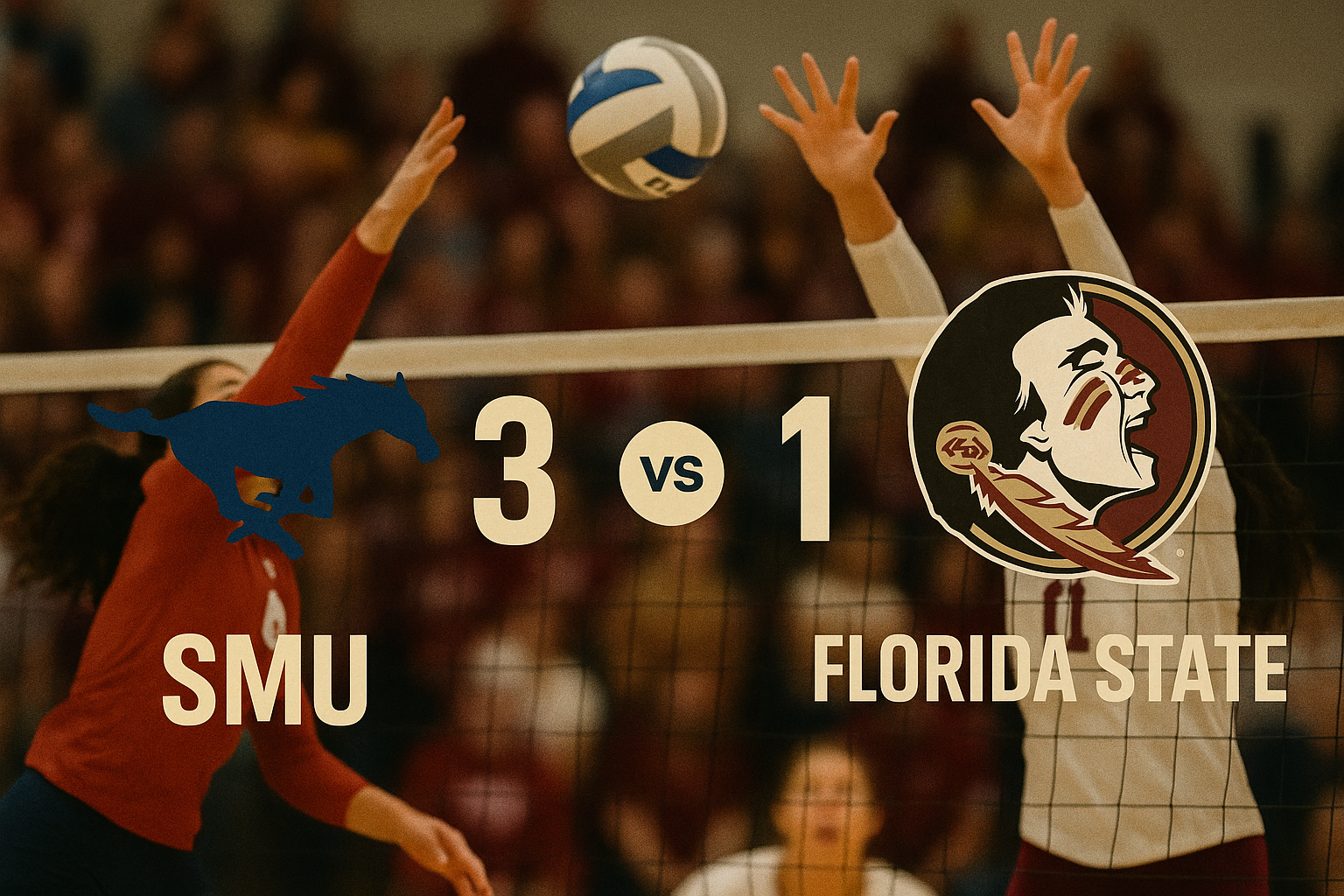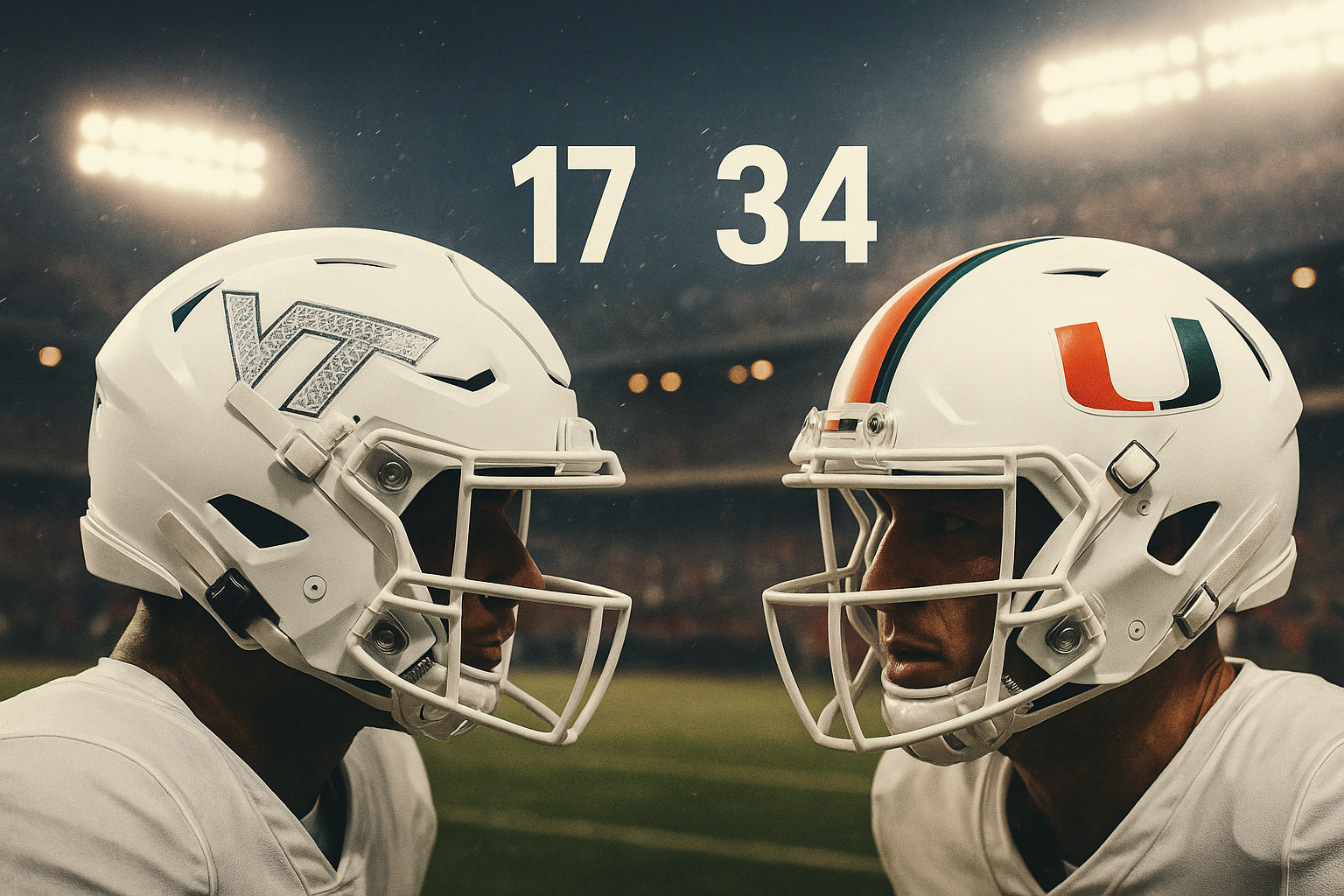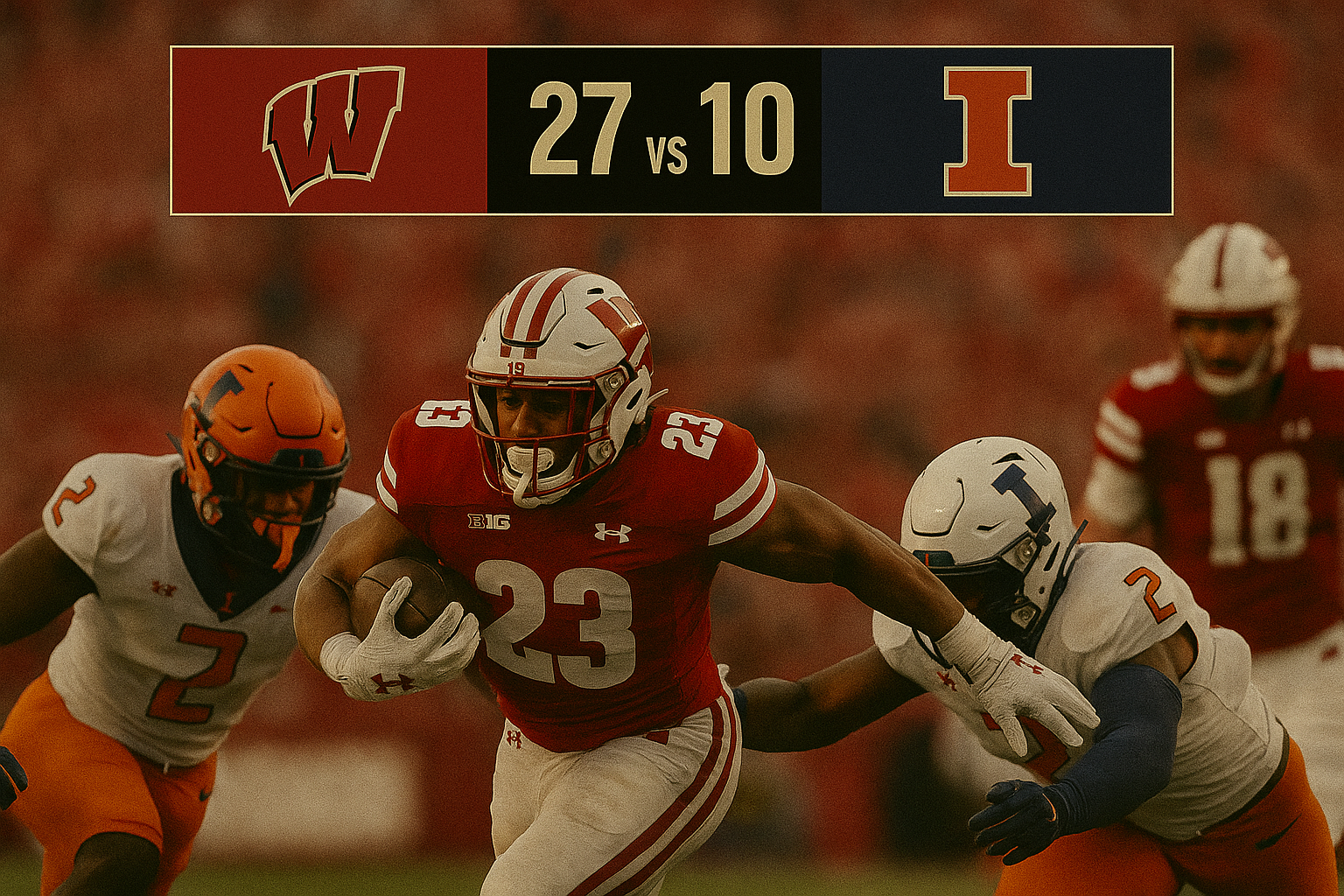No. 17 Vanderbilt Topples No. 10 LSU 31–24, Matching Best Start Since 1950
Pavia’s Dual-Threat Brilliance Lifts Commodores to Historic Victory
NASHVILLE, Tenn. — No. 17 Vanderbilt continued its stunning 2025 season with a 31–24 win over No. 10 LSU on Saturday afternoon at FirstBank Stadium. Quarterback Diego Pavia accounted for three touchdowns and 246 total yards, guiding the Commodores to their first victory over LSU in 35 years and matching their best start since 1950.
The victory moved Vanderbilt to 6–1 overall and 3–1 in SEC play, clinching bowl eligibility for a second straight season — the program’s first back-to-back postseason appearance since 2013. The Commodores also earned their second win over a top-15 opponent this year, marking a milestone in school history.
Pavia completed 14 of 22 passes for 160 yards and one touchdown while rushing for 86 yards and two more scores. Running back Sedrick Alexander added a goal-line touchdown, and tight end Cole Spence recorded his first career touchdown reception to cap a balanced Vanderbilt offensive effort.
First Quarter: Trading Blows Early
LSU opened the afternoon with an efficient first drive led by quarterback Garrett Nussmeier, moving into Vanderbilt territory behind quick passes to Kyle Parker and Barion Brown. The Tigers settled for a 48-yard field goal from Damian Ramos, taking an early 3–0 lead.
Vanderbilt responded immediately. Pavia ignited the offense with a 20-yard scramble before plunging into the end zone from the one-yard line, capping a 57-yard drive to give the Commodores a 7–3 advantage late in the opening quarter. The drive featured a steady rhythm of designed quarterback runs and short passes, establishing Vanderbilt’s physical tone early.
Second Quarter: Momentum Swings Back and Forth
LSU regained the lead seconds into the second quarter when Nussmeier hit freshman tight end Trey’Dez Green on a 24-yard strike over the middle, putting the Tigers up 10–7. But Vanderbilt’s response was methodical and relentless — a 14-play, 75-yard drive that consumed nearly nine minutes of clock.
Alexander finished the marathon possession with a one-yard touchdown run on fourth down, restoring Vanderbilt’s lead at 14–10 with 5:52 left in the half.
LSU’s offense continued to move the ball efficiently but failed to convert in key moments. Ramos hit a 42-yard field goal just before halftime, trimming the deficit to 14–13. However, the Commodores regained control with a late 46-yard field goal from Brock Taylor, who extended his streak to 17 consecutive makes, sending Vanderbilt into the locker room up 17–13.
Third Quarter: Pavia Takes Over
Vanderbilt opened the second half with another statement drive. Pavia orchestrated a 75-yard march capped by a one-yard touchdown pass to Spence — the sophomore tight end’s first career score — to extend the lead to 24–13.
LSU struck back quickly. On the very next series, Nussmeier connected with Zavion Thomas for a 62-yard touchdown catch, trimming the margin to 24–21 after converting a two-point try to Green. But Vanderbilt’s quarterback answered in emphatic fashion.
With under a minute left in the quarter, Pavia broke free for a 21-yard touchdown run, racing into the end zone and striking a Heisman pose as the crowd erupted. His second rushing score gave the Commodores a 31–21 advantage entering the fourth quarter and punctuated one of the most efficient performances of his Vanderbilt career.
Fourth Quarter: Vanderbilt Finishes Strong
The final frame tested Vanderbilt’s composure. LSU mounted one last surge, sparked by a 51-yard burst from Caden Durham that set up first-and-goal at the one-yard line. But penalties and stout defense forced the Tigers to settle for another short field goal from Ramos, cutting the lead to 31–24 with 11:39 to play.
That was as close as LSU would get. The Commodores’ defense, anchored by Langston Patterson and Joshua Singh, delivered in the clutch. A fourth-quarter sack from Zaylin Wood halted LSU’s final threat, forcing a punt with eight minutes left. Vanderbilt’s offense milked the clock behind Alexander’s tough runs, and Pavia’s mobility kept the chains moving until the final seconds ticked away.
When the final whistle blew, Vanderbilt’s players erupted in celebration as “Callin’ Baton Rouge” blared through the stadium speakers — a symbolic gesture marking the end of the Commodores’ 10-game losing streak to LSU.
Offensive Balance and Efficiency
The Commodores finished with 399 total yards, their most against an SEC opponent this season. They dominated time of possession, holding the ball for 36 minutes and 33 seconds — nearly 13 minutes more than LSU.
Pavia was efficient throughout, responsible for three touchdowns and continuing his streak of recording at least one rushing or passing score in 25 consecutive games — the second-longest active streak in the FBS. His chemistry with Spence and wideout Makhilyn Young allowed Vanderbilt to control tempo and keep LSU’s defense on its heels.
Alexander also continued his productive season with his 10th total touchdown and fifth on the ground, moving into eighth place on Vanderbilt’s all-time career rushing touchdown list.
Defense Rises to the Moment
Defensively, Vanderbilt’s front seven delivered one of its most complete performances of the season. Patterson led the team with five tackles, while Singh contributed four stops and 1.5 tackles for loss. Khordae Sydnor extended his streak to six consecutive games with a tackle for loss, and transfer Keanu Khot notched his first sack as a Commodore.
The defense limited LSU to 100 rushing yards — 59 of which came on one play — and forced the Tigers to settle for field goals on four different red-zone trips. The containment of LSU’s running game proved pivotal, forcing Nussmeier into long passing situations that Vanderbilt’s secondary handled with discipline.
A Historic Benchmark for the Program
Saturday’s win carried immense historical weight for Vanderbilt football. The 6–1 start is the best in 75 years, dating back to 1950, and the first time the Commodores have beaten two ranked teams in the same season since 2008. It also marked their first victory over an AP Top 10 opponent since upsetting No. 1 Alabama last season.
Head coach Clark Lea has now guided Vanderbilt to back-to-back bowl appearances for the first time since 2013 and has reestablished the program’s identity around toughness and discipline. The Commodores’ 31 points were also the most scored against LSU’s top-five ranked defense this season, further underscoring their offensive efficiency.
For LSU, the loss dropped the Tigers to 5–2 (2–2 SEC), extending a frustrating pattern of inconsistency. Despite 225 passing yards and two touchdowns from Nussmeier, LSU’s inability to sustain drives and capitalize inside the 20-yard line defined the game’s outcome.
What’s Next
Vanderbilt will return home next weekend to face No. 16 Missouri in another pivotal SEC matchup. With momentum building and postseason security already achieved, the Commodores have positioned themselves as one of the conference’s most intriguing storylines entering the second half of the season.
LSU will regroup before traveling to College Station for a showdown with No. 4 Texas A&M, needing a win to remain in the SEC West race.
Final Takeaway
Vanderbilt’s 31–24 victory over LSU wasn’t just another upset — it was a validation of a program transformed. From Pavia’s dynamic leadership to a defense that thrived under pressure, the Commodores played with poise, control, and conviction.
For the first time in decades, Vanderbilt football isn’t just competing — it’s contending. And on a sunlit Saturday in Nashville, the Commodores reminded the SEC that their climb back to relevance is no fluke.
